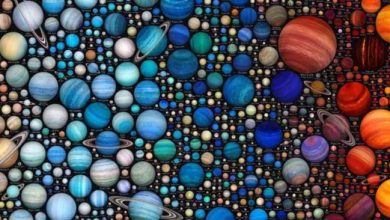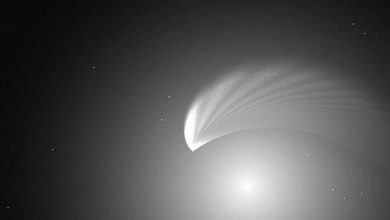James Webb Space Telescope discovers supernova ‘Hope’

Science: Using the James Webb Space Telescope, astronomers have captured a stunning image of a distant supernova in a galaxy that looks like it’s being stretched out like hot taffy. However, the golden speck hiding this gravitationally lensed supernova, nicknamed “Supernova Hope,” isn’t just notable for its aesthetic value. The supernova, which exploded when the 13.8 billion-year-old universe was about 3.5 billion years old, tells us something about a big problem in cosmology called the “Hubble tension.”
The Hubble tension comes from the fact that scientists can’t agree on the exact rate of the universe’s expansion, which is determined by the Hubble constant. Basically, the rate can be measured by starting with the local (and therefore recent) universe, then going back in time — or, it can be calculated by starting with the distant (and therefore early) universe, then working your way back. The problem is that both methods provide values that don’t agree with each other. This is where the James Webb Space Telescope (JWST) comes into play. The gravitationally lensed supernovae in the early universe being observed by the JWST could provide a third way to measure the rate, potentially helping solve this “Hubble problem.”
“The supernova was named ‘Supernova Hope’ because it gives astronomers hope to better understand the changing expansion rate of the universe,” Brenda Fry, study team leader and a researcher at the University of Arizona, said in a NASA statement. This investigation into Supernova Hope began when Fry and her global team of scientists found three curious points of light in a JWST image of a distant, dense cluster of galaxies. Those points of light in the image were not visible when the Hubble Space Telescope imaged the same cluster in 2015, known as PLCK G165.7+67.0 or, more simply, G165.





